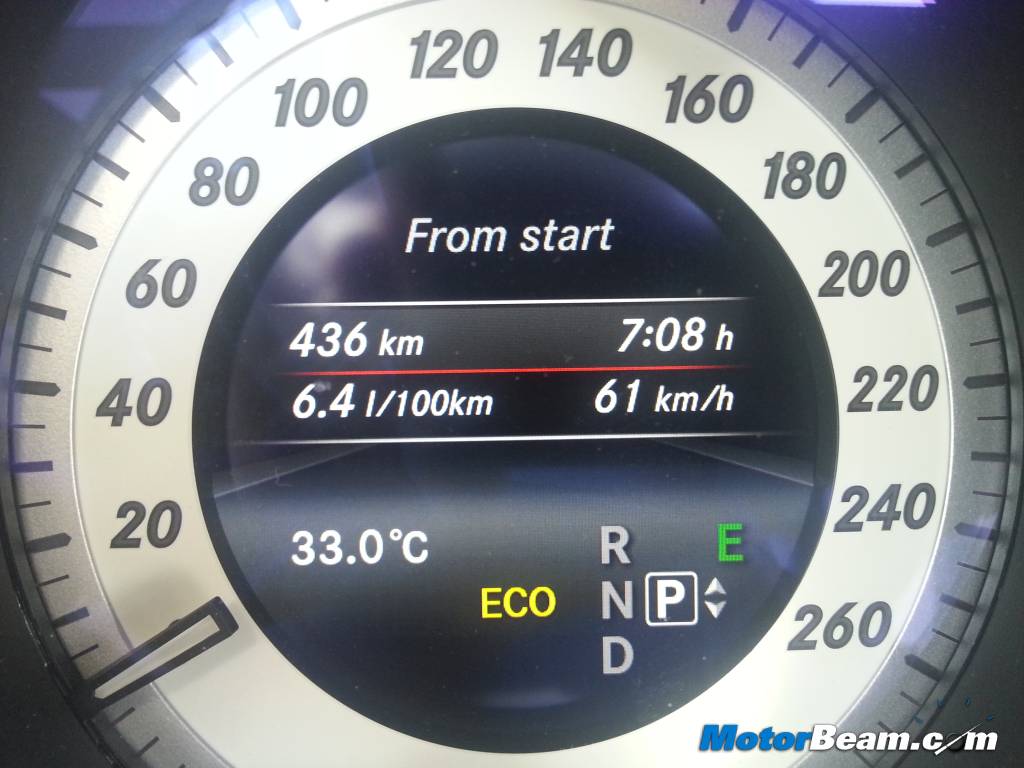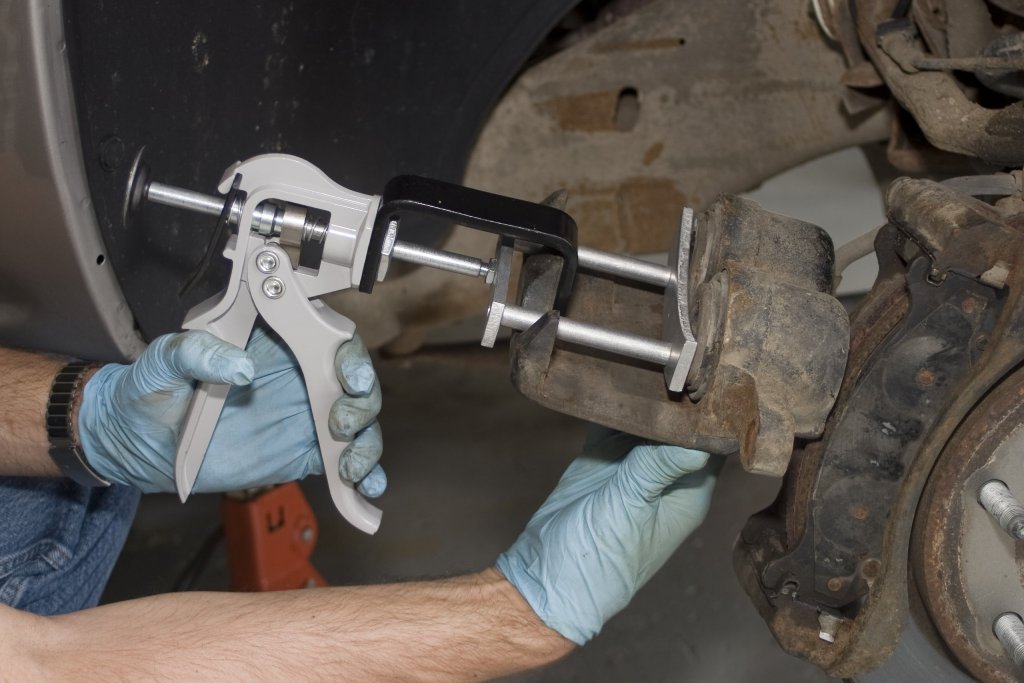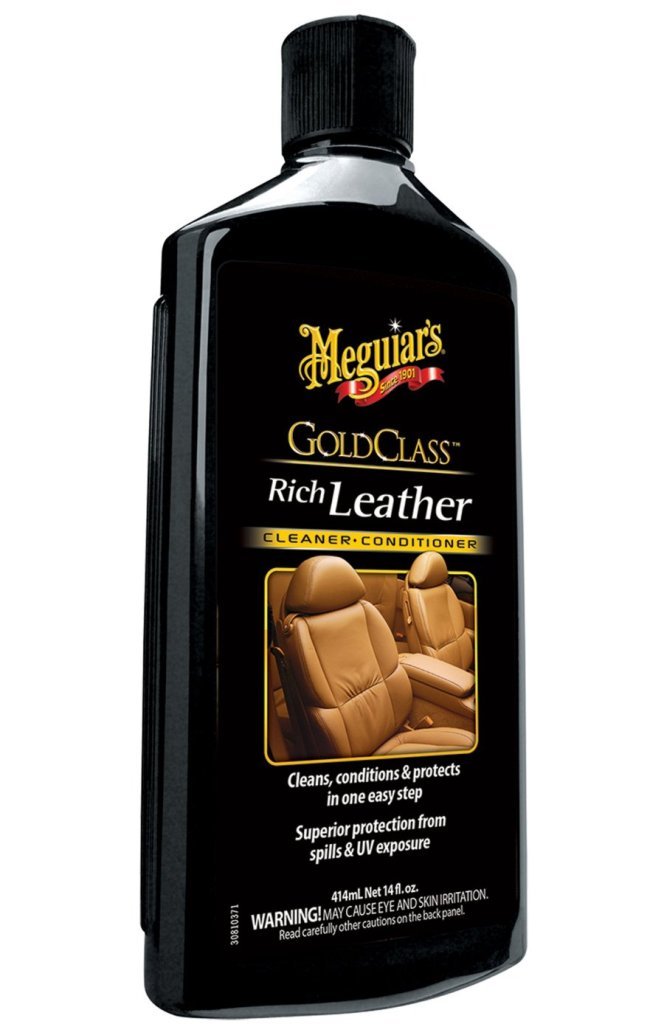The ‘kitna deti hai’ factor is on every car owner’s mind regardless of the car type or the fuel type he chooses for his car. Car company’s claim brilliant fuel economy figures for your car but you need to know if your car is actually returning the said fuel economy for your driving cycle. Fuel does not come cheap and moreover a sipping engine is a sign of a worn out engine. A higher consumption of fuel is a sign of a bad engine and may need servicing and attention towards regular maintenance.
All you require is two trips to the petrol station to fill up your car and a handy calculator to tell you the fuel efficiency that your car returns.
Step 1 – Head to the Fuel station
It is always advised that you choose to fill petrol/diesel from a single fuel station. Fill up your tank completely till the sensor cuts the supply off.
Step 2 – Note down the odometer reading of your car
Make a note of the odometer reading that is the number of kilometres done on your car. Say your car has done 10,000 kms when you filled it up, make a note of it. If you have a tripmeter, reset the same to zero.
Step 3 – Use your car
Drive your car as you regularly do with trips to the office and back, running errands, weekend trips and so on. Once you feel your tank has been exhausted of three forth (3/4th) of fuel and has only quarter fuel left; it is time to head back to the petrol station.
Step 4 – Fill her up again
Once again, use the same petrol station for more accurate results. When filling at the petrol station, make a note of the kilometres travelled since the last fill, which is the number of kilometres completed on the odometer past the previous fuel fill. Let’s say you car has done 10,400 kms since the last time. Make a note of the amount of fuel that was used to fill the tank completely. Let’s say your fuel usage amounted to 35 litres.
Step 6 – Calculating the distance travelled
Now that the three major details needed are available with us, let’s calculate the average fuel consumption of your car.
First calculate the difference between the starting point and ending point. Thus subtract the ending point from the starting point.
Distance travelled = Ending point – Starting point
= 10,400 – 10,000
Distance travelled = 400 kms
Step 7 – Calculate the average consumption
Divide the distance travelled with the amount of fuel used in topping up the tank during the second fuel fill.
Average Fuel Consumption (Km/L) = Distance travelled / Litres of fuel consumed
= 400 / 35
Thus the Average Fuel Consumption is 11.42 km/l for your car.
If you have a trip meter, divide the trip meter’s reading with the litres of fuel consumed during the second fuel fill.
If you feel the average fuel economy is too low, then it is best to get the car serviced and checked. Also choose to alter your driving style to healthier ways in order to save the fuel and the environment. Look at our guide to saving fuel tricks on your car. You can also do a precise reading by calculating the average consumption by switching the air-con on throughout the driving period and then switch it off and see the difference between the economy figures.






